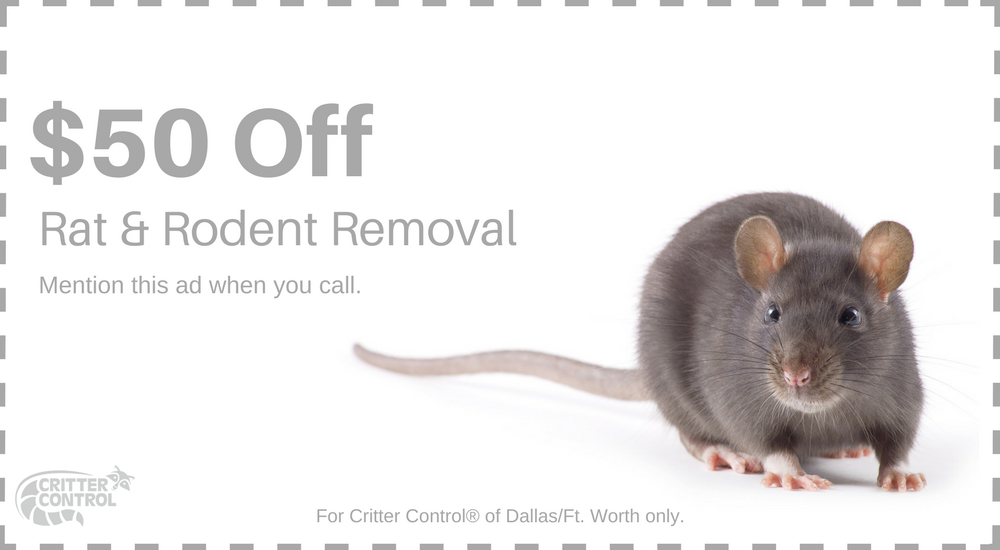 If you hear scurrying in your walls as you lay down to sleep at night or smell a foul odor indoors during the heat of the day, there is a good chance you have rats in your Ft. Worth home. Ignoring such early warning signs of rats in your residence can allow them an opportunity to reproduce and grow into an even larger infestation. Being aware of the warning signs and acting quickly is the best way to prevent the rats from causing costly damage to your attic, home, and health.
If you hear scurrying in your walls as you lay down to sleep at night or smell a foul odor indoors during the heat of the day, there is a good chance you have rats in your Ft. Worth home. Ignoring such early warning signs of rats in your residence can allow them an opportunity to reproduce and grow into an even larger infestation. Being aware of the warning signs and acting quickly is the best way to prevent the rats from causing costly damage to your attic, home, and health.
Signs of Rats in Your Attic
Rats will seek residence in your home for a number of reasons. Your attic and walls provide protection from outdoor predators and an escape from the Texas heat and rain. Your home also creates easy access to food, water, and nesting materials for their young. Signs that point toward a growing rat problem include:
- Tiny, black droppings near windows and attic openings
- Urine stains in the corners of your walls
- Foul ammonia-like smell thought the home
- Scurrying or scratching noises at night
- Chew marks on wires and wooden structures
- Nests made out of cardboard and attic insulation
Why Rats in Your Attic Is Harmful
Rats may be small critters, but they can wreak havoc on your home and health. Ignoring the signs of an infestation is dangerous. The longer you allow these mammals to inhabit your home, the longer they have to cause more damage. The biggest concerns with rats in your attic are:
-
Health Risks
Being bit or scratched by a rat can transmit their bacteria and diseases, but there are also health concerns that rats can cause without ever coming into direct contact with you. Rats’ fecal matter is full of toxins that can trigger allergic responses in the residents of your home. Not only can their feces trigger allergic reactions, the toxins can be spread through contamination. Rats are scroungers and will make themselves welcome in your panty, trash, and on your countertops. Any saliva or fecal matter that makes its way onto your food can lead to diseases such as hantavirus, salmonella, and tularemia.
-
Safety Concerns
Besides health concerns, rats can cause great damage to your home and safety. Because rats’ teeth are ever-growing, they continuously gnaw to wear them down. They often gnaw on wires which can cause a safety hazard and spark fires in your home. Rats also tear through insulation, cardboard, and wood structuring to make nests for their young, which can cause structural damage to your home.
Leave Rat Removal to the Professionals
Because of the dangers that attic rats can pose to an entire household, it is important to avoid contact with them or attempt any DIY removal methods. Calling the experts at Critter Control® of Ft. Worth is the best way to handle a rat infestation. Our licensed and trained technicians will humanely and efficiently remove all rats from your home and repair any damages they may have made. If you have any questions about our removal techniques or are interested in a free home inspection, give us a call today at 817-222-1101.




 The small, furry creatures flying through the night may be fascinating to watch when the sun starts to set; however,
The small, furry creatures flying through the night may be fascinating to watch when the sun starts to set; however, 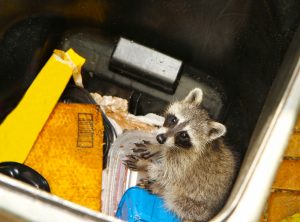 When you think of
When you think of  Since you rarely pay a visit to your attic, it tends to stay out of sight — and out of mind. However, having an annual attic inspection is a necessary routine for sustaining the longevity of your home. If you haven’t crossed this year’s inspection off your checklist, here are the reasons to examine your attic sooner rather than later.
Since you rarely pay a visit to your attic, it tends to stay out of sight — and out of mind. However, having an annual attic inspection is a necessary routine for sustaining the longevity of your home. If you haven’t crossed this year’s inspection off your checklist, here are the reasons to examine your attic sooner rather than later.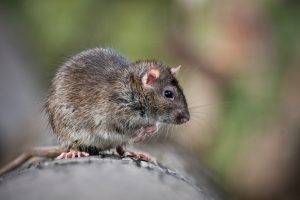 Despite their small size,
Despite their small size,  With winter approaching, many Fort Worth critters are preparing for hibernation. Unfortunately, there are some that would rather find warmth in the comfort of your home than try to sift through scarce space in the wild. To keep wildlife from entering your residence this winter, follow these pest prevention tips.
With winter approaching, many Fort Worth critters are preparing for hibernation. Unfortunately, there are some that would rather find warmth in the comfort of your home than try to sift through scarce space in the wild. To keep wildlife from entering your residence this winter, follow these pest prevention tips. 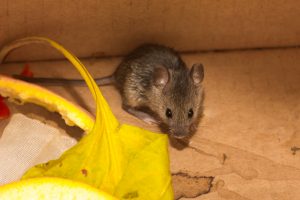 Hosting guests for dinner is a commonplace tradition in many households, but there are some guests that will try to take advantage of your hospitality without an invitation. If you’re tired of unwanted
Hosting guests for dinner is a commonplace tradition in many households, but there are some guests that will try to take advantage of your hospitality without an invitation. If you’re tired of unwanted 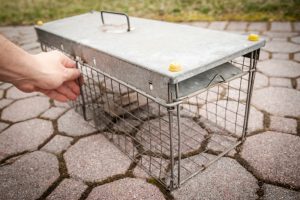 Getting a pest problem under control can take a toll on anyone. Hastily buying pest sprays to quickly solve the problem might seem like the only solution, but these types of tactics can easily end up making the situation worse. If you’re struggling to remove pests and effectively prevent them from returning, then you may be guilty of these common
Getting a pest problem under control can take a toll on anyone. Hastily buying pest sprays to quickly solve the problem might seem like the only solution, but these types of tactics can easily end up making the situation worse. If you’re struggling to remove pests and effectively prevent them from returning, then you may be guilty of these common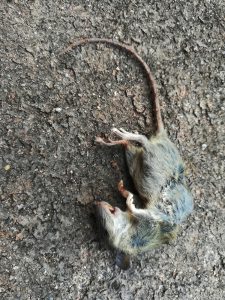 Discovering a pest scurrying around your property is not a situation you want to be in. When that pest dies on your land, things get undoubtedly worse. Not only is the
Discovering a pest scurrying around your property is not a situation you want to be in. When that pest dies on your land, things get undoubtedly worse. Not only is the 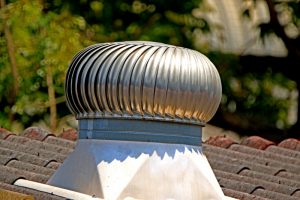 If you were a
If you were a 